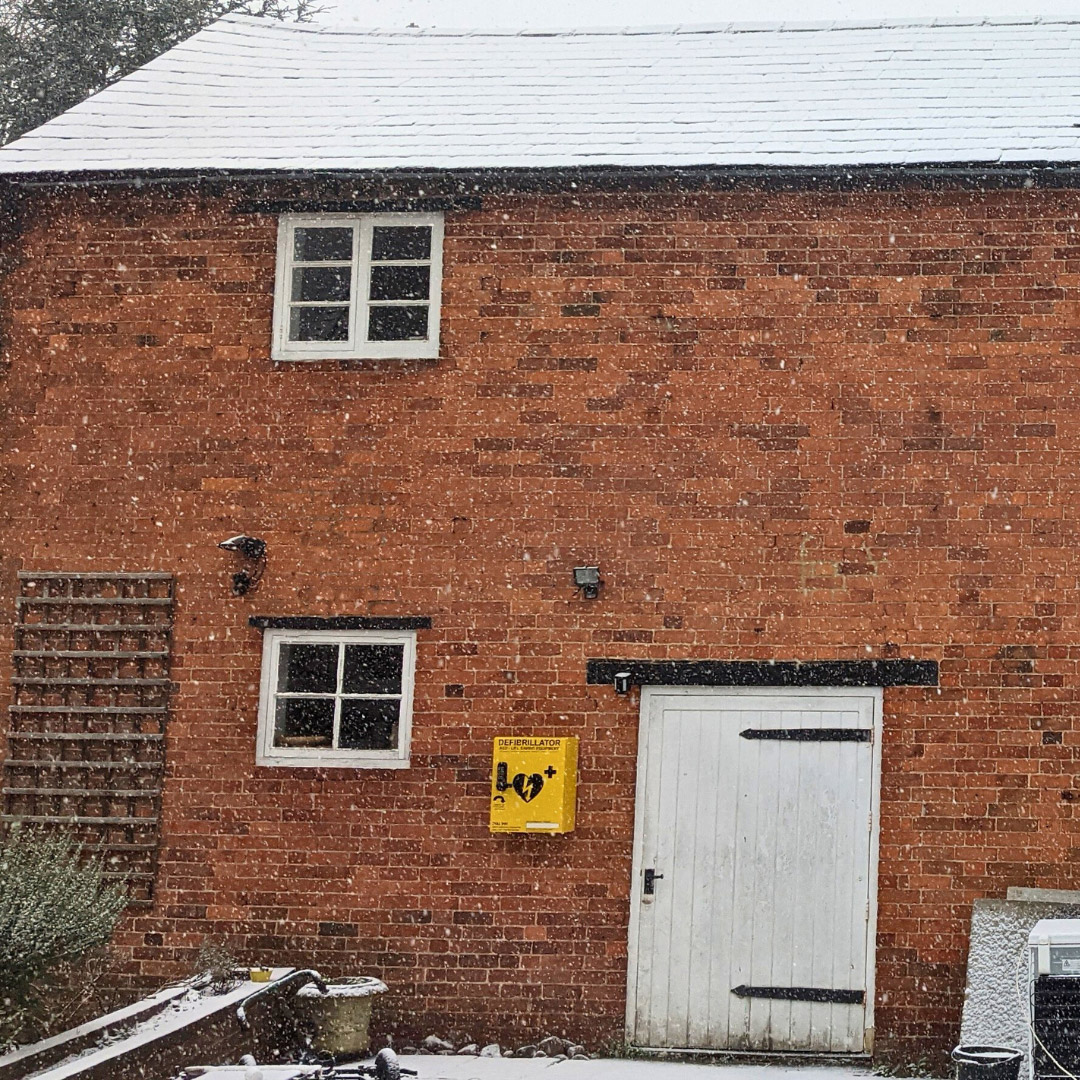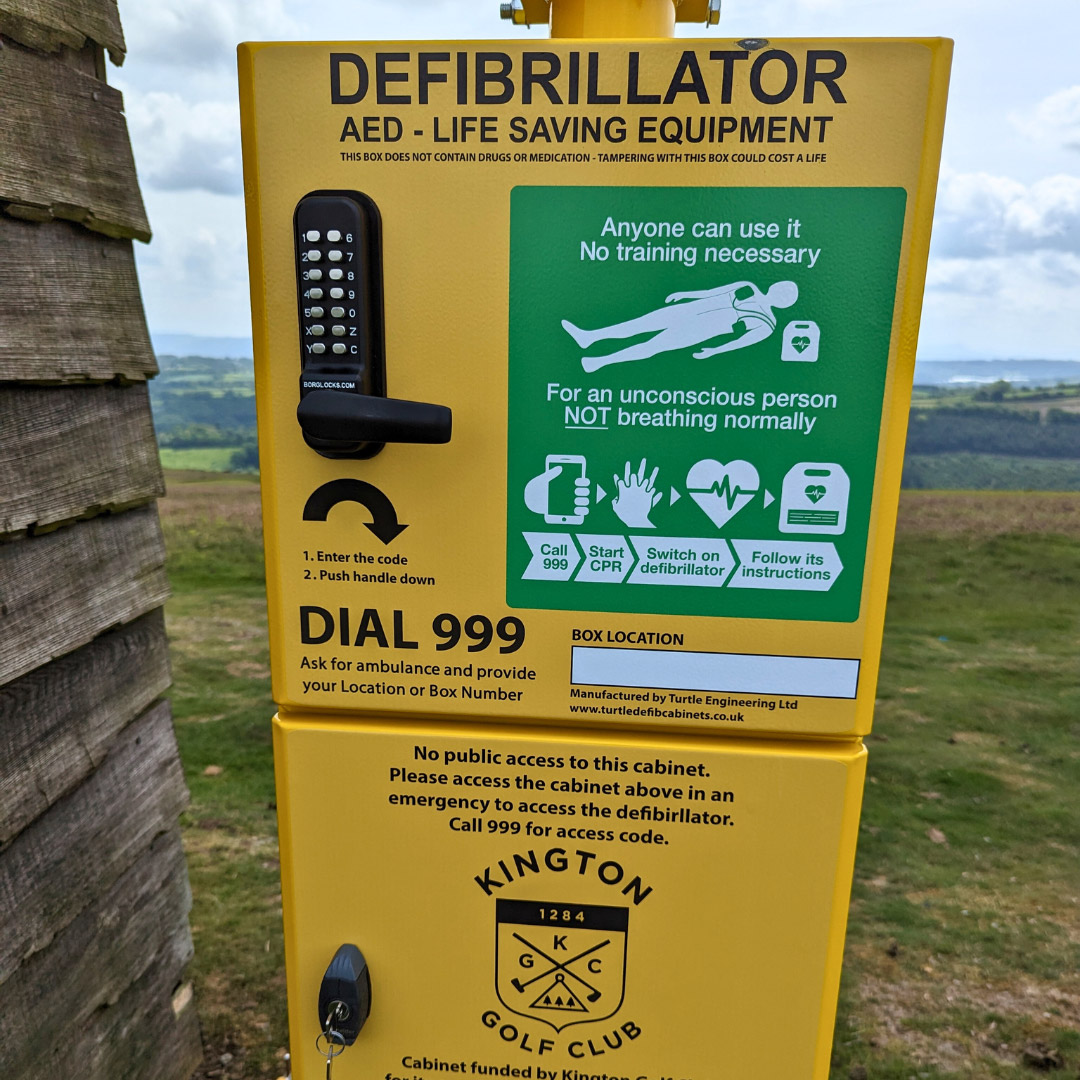
When winter rolls around, the holiday cheer can be accompanied by a rise in serious health issues, particularly cardiac arrests. Cold weather doesn’t just make us shiver, it also places more strain on the heart. This increased cardiac risk makes defibrillators a really important medical tool, especially during the colder months. However, the same freezing temperatures that put our hearts at risk can also challenge the functionality of life-saving devices like defibrillators.
Why do cardiac arrests increase in cold weather?
Cold weather presents unique challenges for the cardiovascular system. When temperatures drop, the body has to work much harder to maintain its core temperature which means your heart will be pumping harder. Here’s how that strain can escalate cardiac risks:
Extra workload for your heart
In cold conditions, blood vessels constrict to conserve heat, leading to increased blood pressure. For individuals with underlying heart conditions, this added strain can trigger serious events like heart attacks or cardiac arrests. Even in healthy individuals, sudden exposure to freezing temperatures — such as while shovelling snow or engaging in outdoor sports — can pose risks.
Underlying conditions are exacerbated
For individuals with pre-existing conditions like coronary artery disease, the abrupt constriction of blood vessels can worsen symptoms, sometimes with fatal outcomes. That’s why cardiac arrests tend to spike during the winter months, which really drives home the need for accessible and functional defibrillators.
What is the impact of cold weather on defibrillator functionality
Defibrillators are essential in saving lives during cardiac arrests, but their effectiveness depends on optimal functionality; something cold weather can compromise. From battery performance to the usability of gel pads, freezing temperatures can introduce unexpected challenges.
Defibrillator batteries in cold weather
Batteries are especially vulnerable to cold temperatures, and need to be kept above zero degrees at all times. Batteries age faster in the cold, which can cause failures as the chemical reactions within batteries slow down when the temperature drops, reducing their capacity and potentially causing them to fail when needed most. This issue is particularly concerning for defibrillators stored outdoors or in unheated environments.
Gel pads and conductivity
Defibrillator gel pads, which ensure proper conductivity between the device and the patient’s body, can also be affected by the cold. When exposed to freezing temperatures, the gel may harden, reducing its ability to adhere effectively to the skin. Poor contact can compromise the device’s performance, delaying treatment during a cardiac emergency.
Condensation concerns
Cold, damp environments can lead to condensation forming inside defibrillator cabinets, potentially damaging the device. Moisture can interfere with the electronics or lead to rust, both of which can compromise reliability.

Turtle Medical’s heated defibrillator cabinets
Designed for sub-zero and coastal climates, our heated defibrillator cabinets ensure that defibrillators remain in a warm, dry environment, even during the harshest winter conditions. By maintaining an optimal temperature, these cabinets help preserve battery life and prevent gel pad hardening, ensuring that defibrillators are ready to function at a moment’s notice. Even where there is no power, Turtle’s solar and wind cabinet ensures the defibrillator is protected all year round.
Practical tips for winter defibrillator maintenance
Keeping defibrillators ready to go during the winter requires regular maintenance and a few extra precautions, including:
Battery status
Check the battery levels more frequently during colder months to ensure they haven’t been depleted by the cold.
Cabinet conditions
Inspect cabinets for signs of condensation or rust and ensure they’re keeping the defibrillator dry and warm.
Lock and access maintenance
Frozen or jammed locks can delay access to a defibrillator in an emergency, so make sure locks are well-lubricated and functioning properly to avoid access issues. It’s really important to never use something like WD40, as this can actually do more harm than good. Instead, we recommend GT85, which is made by the same company but has ingredients that are better suited to defibrillator cabinets.
Invest in heated cabinets
If your defibrillators are stored outdoors or in unheated areas, investing in a heated cabinet is highly recommended. These cabinets protect the device from extreme cold, extending its lifespan and reliability.

